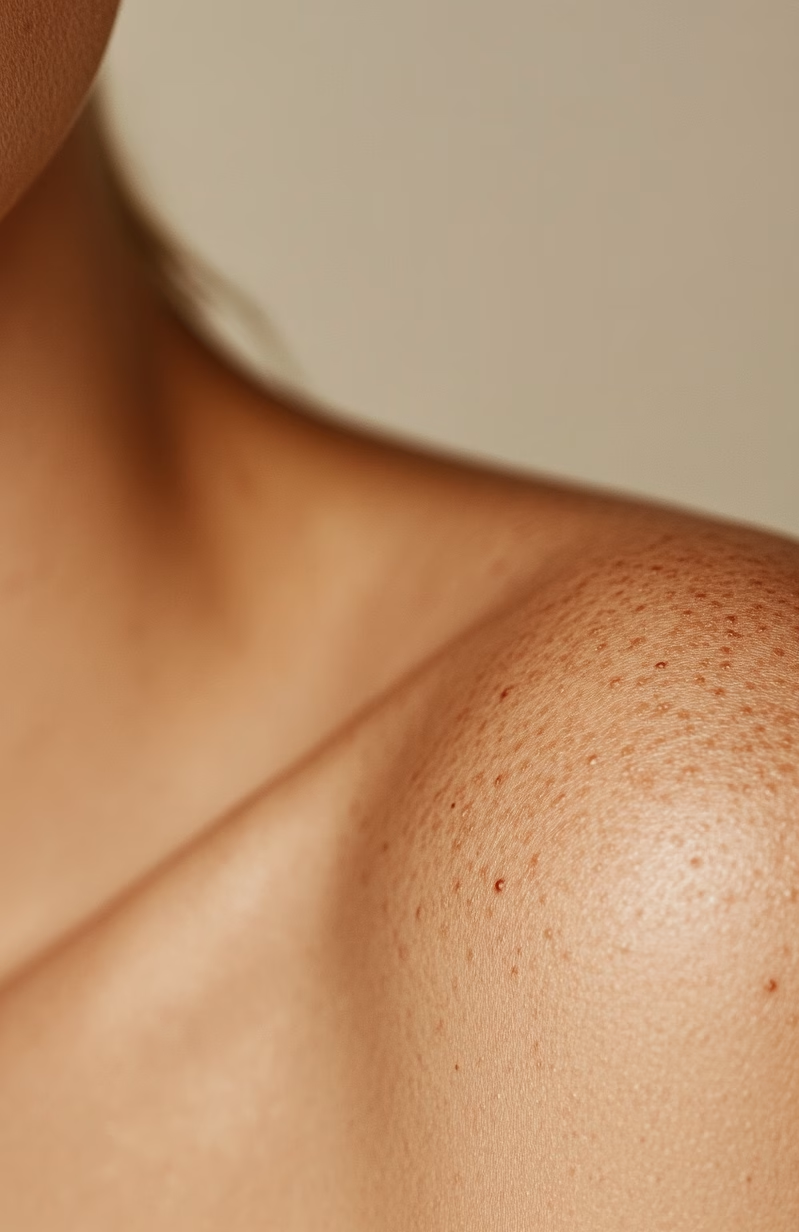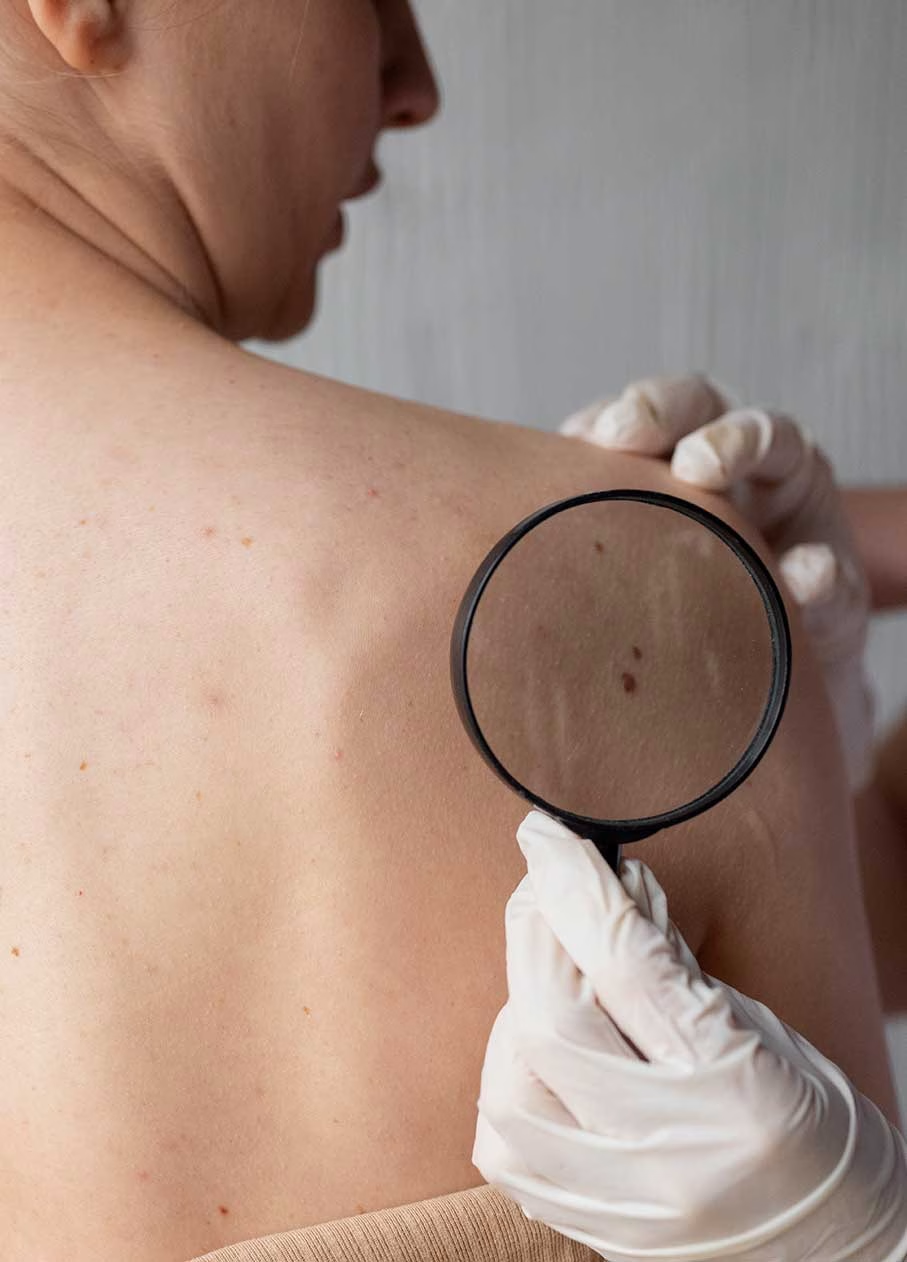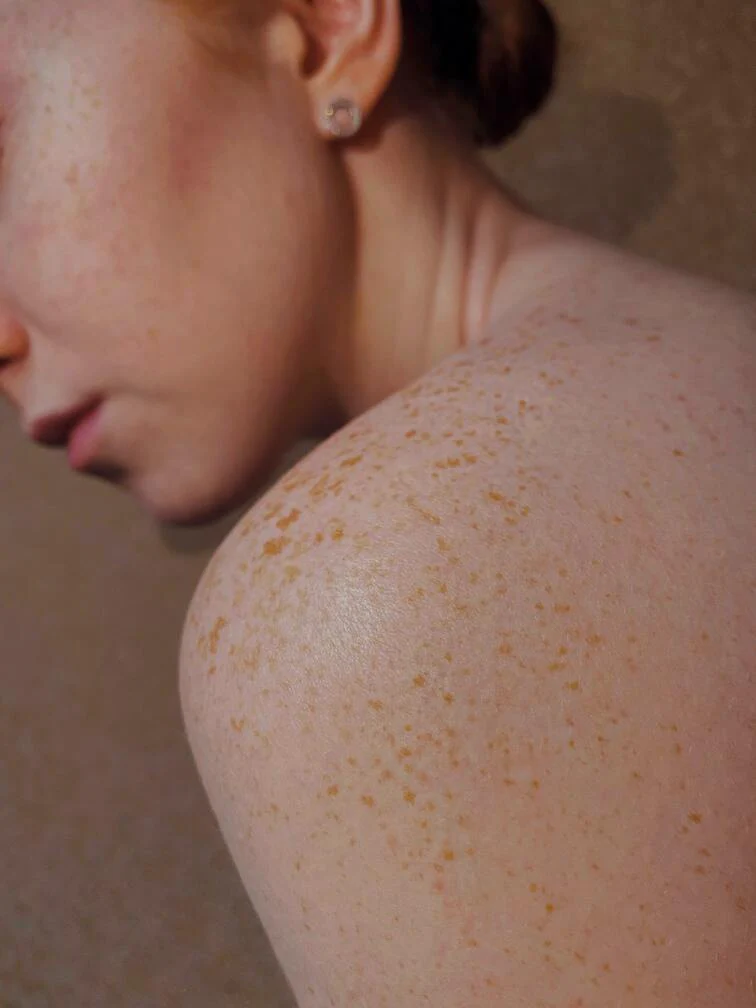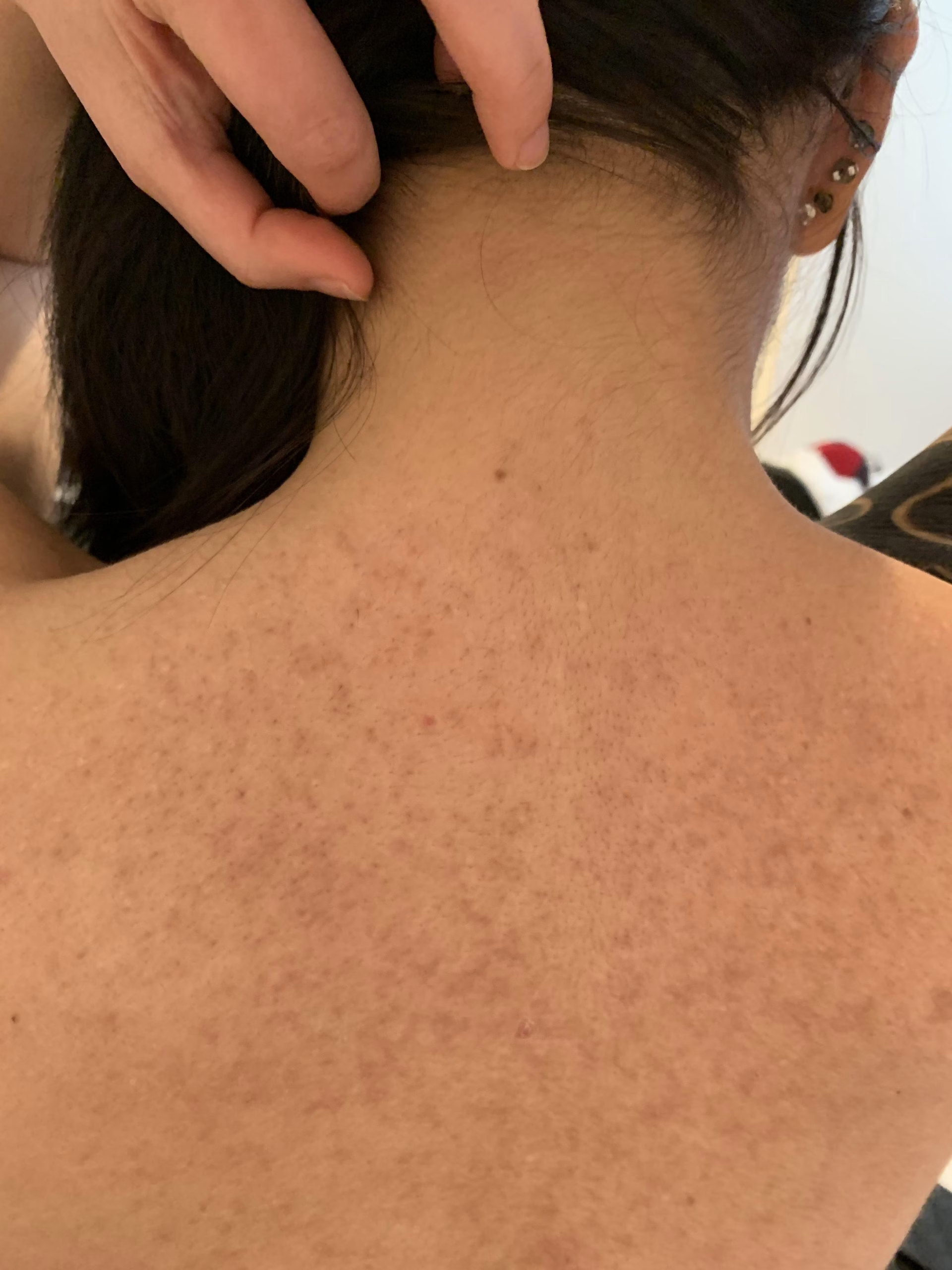
Keratosis
Keratosis is a dermatological condition that refers to a thickening of the skin’s surface. There are several forms of keratosis: seborrheic keratosis, actinic keratosis, and keratosis pilaris. Except for actinic keratosis, which can be precancerous, these skin growths are not dangerous to health.
However, they may have an appearance that is considered unsightly by those affected. In some cases, a prior medical analysis of the keratosis is necessary to determine its type. When it can be removed, patients can visit Victoria Park Medispa, where medical-aesthetic health professionals can improve the appearance of the skin.
Seborrheic keratosis
Seborrheic keratosis is one of the skin conditions that can affect self-esteem. Its rough and round appearance sometimes leads it to be confused with a wart. However, unlike the latter, the skin growths caused by seborrheic keratosis are neither viral nor contagious. These skin lesions can vary in size. As for their color, some are light, while others tend to be brown or black.
They can also be found on any part of the body, except for the palms of the hands and the soles of the feet. Seborrheic keratosis most often occurs during old age and is not dangerous. Aesthetic concerns are one of the main reasons for its removal. However, it is important to perform a biopsy (i.e., a sample for analysis) before agreeing to a medical-aesthetic treatment.

Discover liposuction
Liposuction is a surgical procedure offered at Victoria Park Medispa to remove localized fat resistant to diet and exercise.
- Modern techniques
- Personalized consultation
- Optimized post-operative care
- Secured procedure
- Firmer and more toned silhouette
- Reduction of localized cellulite
- Visible transformation

Actinic keratosis
Actinic keratosis can sometimes impact a person’s health, as it is a precancerous skin lesion, unlike seborrheic keratosis. However, it is important to note that not all actinic keratoses develop into skin cancer. The skin growths caused by actinic keratosis are recognized by their rough or scaly appearance (i.e., with a scale-like appearance). These growths are frequently pink or red, but they can sometimes be grayish or brown. When they develop on the scalp and are harder to see, the patient may feel them to the touch. In some cases, the affected person may experience itching.
Actinic keratosis is also called solar keratosis because it is caused by excessive and unprotected exposure to the sun’s ultraviolet rays. This is why it is often found on the parts of the body most exposed to the sun, such as the head. It is also a form of facial keratosis, which can affect the décolleté, arms, and hands. People with fair skin are most at risk of developing this type of keratosis because this type of complexion is more sensitive to the sun’s harmful rays. Sometimes called senile keratosis or keratosis of old age, the keratotic lesions associated with actinic keratosis can also be a symptom of a more serious condition.
Keratosis pilaris
Keratosis pilaris occurs when dead skin cells clog the hair follicle, forming small red spots on the skin’s surface. It is a common and benign dermatological condition.
To the touch, the skin feels rough and dry. Keratosis pilaris most often affects the arms, thighs, and buttocks, but less commonly the face. The small bumps it causes are not dangerous to health, but their appearance can bother those who are prone to them. Unfortunately, the exact cause of keratosis pilaris is not yet determined, making it difficult to combat.

Platelet-Rich Plasma (PRP)
Improve the quality of your hair and strengthen it with platelet-rich plasma injections.
BOTOX™
Improve the appearance of your skin and complexion with BotoxTM treatment; reduce wrinkles & plump your lips
Facial care
Explore the best facial care to improve the appearance and health of your skin with safe and innovative techniques.
Decollete aesthetics
Discover aesthetic treatments for the neck and décolleté to improve the elasticity and texture of your skin.
Liposculpture
Victoria Park Medispa offers liposculpture, a surgery to reshape the body for a balanced and harmonious silhouette.
Women’s health
Every stage of life can impact women’s health. Discover the various vaginal conditions and their treatments offered at Victoria Park Medispa.
